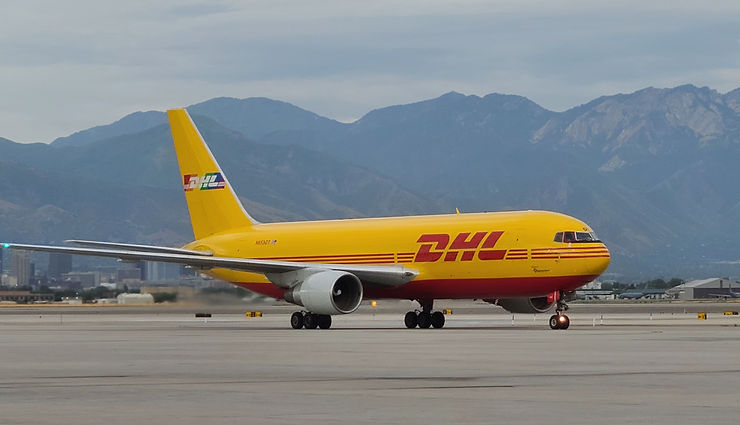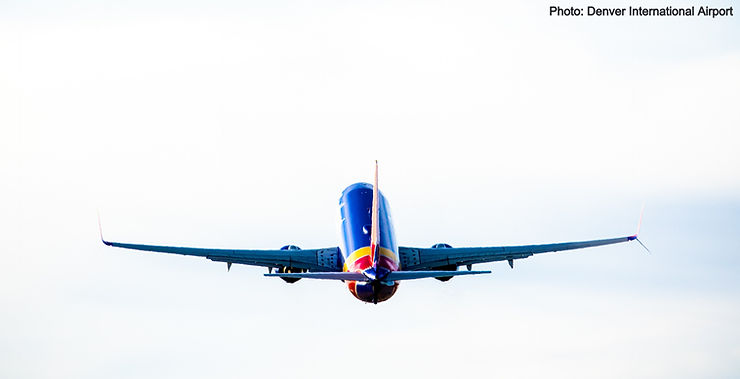
For years aspiring pilots have continuously heard about the ongoing pilot shortage as it seems to be the excuse for every shortcoming in the airline industry. Fortunately for aspiring pilots, it is the cause of many problems. Because of this, opportunities are opening for new pilots at a dramatic rate. Employers also have to pay pilots more to attract new candidates and retain their existing staff. But why does the shortage exist? How long will it last? And what does it mean for aspiring pilots?
Current State of Things
Across the country, airlines are increasing pay and benefits for pilots. The most significant pay increases came last year when most regional carriers doubled pilot pay. Major carriers have also increased pilot pay dramatically by giving all pilots substantial bonuses of up to 30%. Major carriers, such as Delta, United, American, Southwest, and Alaska, have also been lowering their hiring minimums, making it easier for young pilots to move up to a major carrier.

Regional airlines, on the other hand, remain the entry point for most pilots. With the minimum flight hours set at a firm 1500, these regional carriers are struggling to acquire and retain a sufficient number of pilots. While some pilots stay at a regional airline for their entire careers, most move on to larger carriers; because of this, many major carriers have been able to reduce their internal hiring requirements to only 2500 or 2000 hours. By doing so, they drain the regionals of their pilots but temporarily fix their own problems.

This is great news to aspiring pilots as all airlines are increasing pay and doing whatever it takes to acquire more pilots. New pilots now have countless opportunities that were not previously available. Many of these opportunities lie outside of the airlines also. With airlines paying more, many other pilot job positions, such as flying charter and corporate, are opening up as many of their pilots are leaving to make more money at an airline. There is no better time than now to start an aviation career.
If Being a Pilot is so Lucrative, Why is there a Shortage?
Since the Wright Brothers first took to the sky, countless individuals have dreamed of flying. Many fulfilled those dreams in the First and Second World Wars. Following the wars, the airline industry was born with thousands of surplus pilots and planes. Throughout the second half of the 20th century, airline pilots were seen as heroes, and the air transit industry grew continuously.

That was until September 11th, 2001. Following 9/11, the industry came to a halt, with only a fraction of the country’s frequent fliers taking to the skies. This led to a massive downturn in the industry. However, after a few years, the industry recovered just in time for the economy to go through a recession in 2008. Again the industry was shaken, and many pilots were laid off.
However, the hit was not nearly as hard on the industry as the one following 9/11, which meant that recovery was quicker and smoother. Within a few years, airlines were back to setting records in passengers carried and profits made. But there was an unforeseen consequence from the years of hardship. That consequence was the looming pilot shortage.

For decades there was a surplus of pilots as it was a lucrative career. However, during the 90s, it began to lose some of its appeal as aviation was less glorified by the media. This was followed by the economic turmoil of the early 2000s, which made much of the public perceive that the airlines could not provide a stable career. For these reasons, the number of pilots entering training slowed considerably.

In 2013 Congress introduced a requirement that all aspiring airline pilots must first acquire 1500 flight hours. This pushed the pilot hiring process back considerably.
For years aviation experts have warned of a coming pilot shortage. In 2019, many of the first signs began to arise as airlines missed their recruitment goals, albeit by small margins. At the same time, many of the pilots who joined at the tail end of the “Golden Age of Aviation” were starting to retire.

Then came the COVID-19 pandemic. Once again, air travel came to a screeching halt, and airlines were left with a surplus of pilots. Pilots within five years of retiring were typically offered early retirements during the pandemic, and many took them. This temporarily helped with the pilot surplus issue. However, after two years of limited travel, the US and most of the globe reopened to air travel.

Last year the airlines encountered a wave of demand they were unprepared for. At this point, the pilot shortage was no longer on its way, it was here, and the airlines took the brunt of it.
Future Predictions
While the job market for pilots is the best it has ever been, many question how long it will last and what the future holds. Unfortunately, no one can truly predict the future. However, aviation experts speculate that the shortage will last for roughly five more years.

Following the current trends in air travel demand, pilot retirement dates, and pilots in flight training, most airlines believe the dramatic shortage will end around 2028. This does not mean that airlines will stop hiring or that there will be little room for new pilots; it simply means that they don’t expect to be as desperate for new pilots at that time.
To all aspiring pilots, there has never been a better time to start flight training and become a pilot, as the industry will only be getting more and more lucrative for the next several years. Beyond those years, it will likely always offer consistent opportunities for growth, making for an excellent career path.
Have questions about flight training? Call us at 262-297-4568. Or email us at info@flyaxiom.com.
